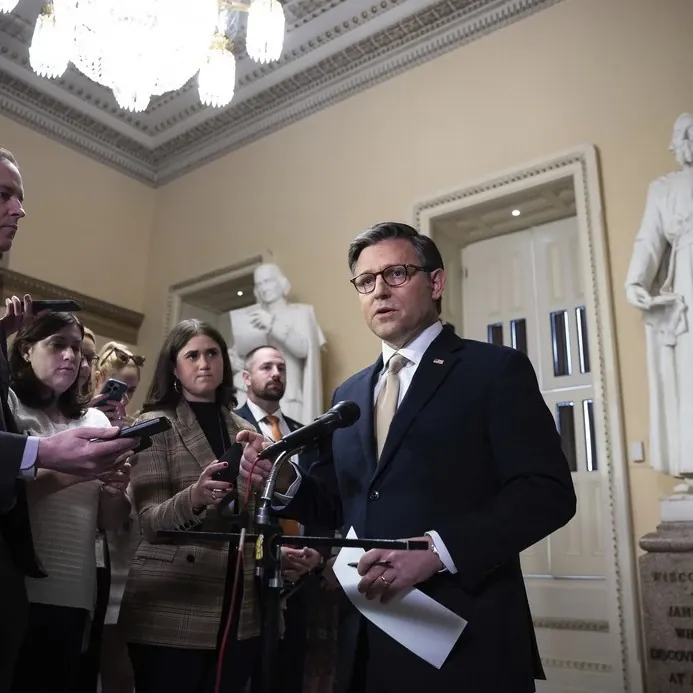Pennsylvania House of Representatives
The Pennsylvania House of Representatives serves as one of the two chambers of the Pennsylvania General Assembly, the legislative body of the Commonwealth of Pennsylvania. It plays a crucial role in shaping state laws and policies, representing the interests of Pennsylvanians across various districts. Understanding the structure, responsibilities, and operations of the House of Representatives is essential for those interested in the civic engagement and governance of the state.
Structure of the Pennsylvania House of Representatives
The Pennsylvania House is composed of 203 members, each representing a specific legislative district across the state. These districts are apportioned based on population, ensuring that representation is equitable. Members, commonly referred to as Representatives, serve two-year terms, allowing for frequent elections and responsiveness to constituents’ needs.
Leadership Roles
The leadership within the House is vital for its functioning. Key positions include:
- Speaker of the House: The presiding officer who oversees House proceedings, maintains order, and ensures that legislative rules are followed.
- Majority Leader: The leader of the majority party who guides the legislative agenda and coordinates party strategy.
- Minority Leader: The leader of the minority party who represents the opposition and advocates for alternative policies.
- Committee Chairs: Representatives who head various committees that focus on specific areas such as finance, healthcare, and education.
Functions and Responsibilities
The Pennsylvania House of Representatives has several key functions, including:
- Legislation: The primary role of the House is to propose, debate, and vote on new laws and amendments to existing laws. Each proposed bill must pass through the House before it can be forwarded to the Senate.
- Budget Approval: The House is responsible for initiating and approving the state budget, which outlines government spending priorities and allocations for various departments and programs.
- Constituent Services: Representatives engage with their constituents to address local concerns, provide assistance, and gather feedback on various issues affecting their districts.
- Oversight: The House has the authority to conduct oversight of state agencies and programs to ensure accountability and efficiency in government operations.
Legislative Process
The legislative process in the Pennsylvania House is structured and involves several stages:
- Introduction: A bill is introduced by a member of the House, often accompanied by a co-sponsorship from fellow Representatives.
- Committee Review: The bill is assigned to a relevant committee, where it undergoes detailed examination, debate, and possible amendments.
- Floor Debate: If the committee approves the bill, it moves to the floor of the House for further debate among all members.
- Voting: Following debate, the House votes on the bill. A simple majority is required for passage.
- Senate Consideration: If passed, the bill is sent to the Senate for consideration. If both chambers approve the bill, it is sent to the Governor for signing into law.
Engagement and Transparency
The Pennsylvania House of Representatives places a strong emphasis on transparency and public engagement. Citizens have the opportunity to participate in the legislative process by:
- Attending House sessions and committee meetings, many of which are livestreamed and recorded.
- Submitting public comments during hearings or through online platforms.
- Contacting their Representatives to express opinions on legislation and policy issues.
Conclusion
The Pennsylvania House of Representatives is a foundational component of the state’s governance structure. Through its legislative responsibilities, leadership roles, and commitment to constituent engagement, it plays an essential part in shaping the laws and policies that affect the lives of Pennsylvanians. Understanding its operations and processes is crucial for citizens who wish to be informed and involved in their state government.



